Alexander Petrovich Karpinsky- an outstanding Russian geologist, academician, first president of the USSR Academy of Sciences, an active member of many scientific communities, discoverer of the Artinian Stage, author of many geological maps and some inventions. In general, he is an interesting and outstanding personality.
The future geologist Karpinsky was born on January 7, 1847 in the Ural village of Turinsky mines, Verkhoturye district, Perm province. He was the son of a mining engineer, manager of the Turinsky mines. He was the great-nephew of the famous metallurgist Pavel Petrovich Anosov.
By the way, just 12 years later, the future inventor of radio, Alexander Stepanovich Popov, was born in the same village. Moreover, the houses in which these two outstanding people spent their childhood stood next to each other.
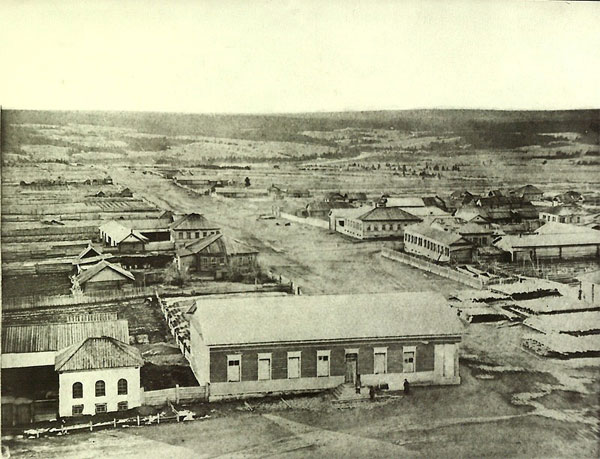
Now this settlement has turned into a fairly large city of Krasnoturinsk, and the neighboring town (formerly Bogoslovsk) was named Karpinsk in 1941.
Unfortunately, the house in which Alexander Karpinsky was born has not survived to this day. Now the central library of Krasnoturinsk is being built in its place, as is reminded by the memorial plaque placed on its wall.
“My childhood in my parents’ house was spent among the nature of the Middle and Southern Urals, varied in relief... In the evenings, the sight of the starry sky aroused interest in natural phenomena,” Alexander Petrovich later recalled his homeland.
Having matured, Karpinsky went to study in St. Petersburg, where in 1866 he graduated from the St. Petersburg Mining Institute with a gold medal. Then he returned to the Urals again, where he was engaged in scientific and practical work.
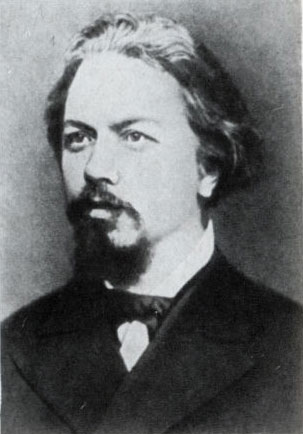
In 1866-67, he worked in the Zlatoust mining district as a caretaker at the Miass gold mines in the Southern Urals, then in 1868 he explored coal deposits in the Ufa and Orenburg provinces.
And his older brother Alexey worked as a caretaker at the Satkinsky plant in 1866–1867. A portrait of young Alexander Karpinsky is in an album presented to the chief head of the Ural factories I.P. Ivanov on his 70th birthday (today this album is kept in the Zlatoust Museum of Local Lore).
In 1868-72, together with Professor N.P. Barbot de Marni Karpinsky participated in geological research along the lines of the railways being built at that time.
In 1869, in St. Petersburg, Karpinsky successfully defended his dissertation (topic - “Augite rocks of the village of Muldakaevo and the Kachkanar Mountains”), then taught at the Mining Institute, received the title of professor, and then was elected academician. In 1916, Alexander Petrovich Karpinsky headed the Academy of Sciences. The scientist held this post until the last days of his life.
Karpinsky is the author of works on the geology and mineral resources of the Urals, paleontology, stratigraphy, petrography, and tectonics. For decades, he studied the depths of the Urals (especially the eastern slope of the Middle and Southern Urals), while visiting many Ural places and settlements in our region. He gave the best years of his life to the Urals.
He is a compiler of geological and paleogeographical maps. The precise geological map he compiled of the eastern slope of the Ural Mountains was especially important. Later, under his leadership, a general geological map of the European part of Russia was created.
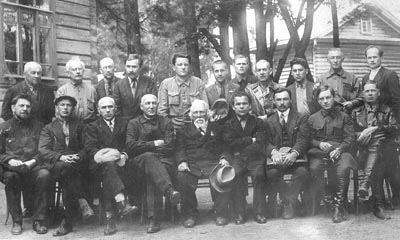
It was Karpinsky who was the first in the world to identify the Artinian Stage separately. The discovery was made by him on the basis of finds of imprints of ancient plants and fossilized shells of sea mollusks on Mount Kashkabash, on the Ufa River near the Artinsky plant. The then young scientist visited this place in 1873. For a long time, Mount Kashkabash remained the only place in Russia where fossils from this period were discovered.
The scientist considered the discovery of the Artinskian Stage to be the most important result of his research in the Urals.
In 1899, Karpinsky first described the genus of cartilaginous fish Helicoprion. These amazing fish with characteristic dental spirals lived in the Carboniferous and Permian eras, when there was still a sea in the place of the Ural Mountains. It was the dental spiral, found in 1897 in the Krasnoufimsky district of the Perm province, that served as the basis for Karpinsky’s scientific research.
A.P. Karpinsky created a general classification of sedimentary formations of the earth's crust. The nomenclature he created to designate divisions of sedimentary strata of the earth's crust was accepted by world science.
Karpinsky visited Zlatoust many times and visited Taganay. Alexander Petrovich Karpinsky proved that Yurma is not a mountain node, but, together with Bolshoy Taganay, is separated from the Ural-Tau by a longitudinal valley, thus having no connection with it.
Karpinsky was the first to use a polarizing microscope to study rocks. He also invented a drug that allows you to separate minerals in rocks by specific gravity.
Alexander Petrovich was also distinguished by his human qualities: he was kind, easy to communicate, and democratic. Already at an advanced age, he was not afraid to stand up for the victims of Stalin’s repressions. He himself miraculously escaped them. However, if he had lived to see 1937, he would almost certainly have shared the fate of those millions who experienced the full horror of the totalitarian regime. And no amount of merit to Russian and world science would have helped. Such was the time...
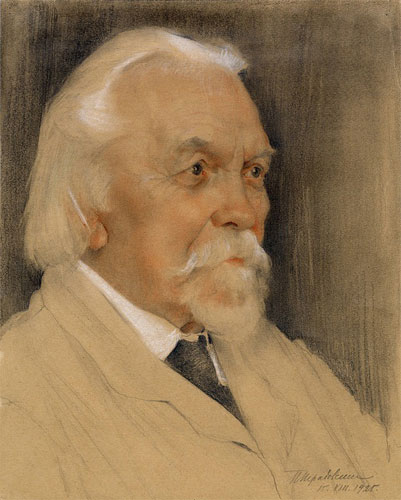
Academician Karpinsky lived a long and eventful life. He died in the Moscow region on July 15, 1936 at the age of 89. The urn with his ashes is kept in the wall of the Moscow Kremlin. By the way, Karpinsky is the oldest by date of birth among those buried in this honorable necropolis.
Since 1946, our country has awarded the honorary prize named after A.P. Karpinsky for achievements in the field of geology.
For the 100th anniversary of the birth of Alexander Petrovich Karpinsky, celebrated in 1947, a commemorative postage stamp was issued in the USSR.
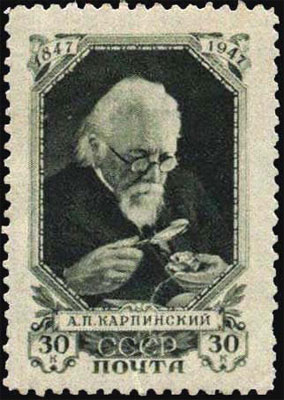
As mentioned above, the city of Karpinsk (formerly Bogoslovsk) was named in honor of the academician. In 2007, a bust of Alexander Petrovich Karpinsky was erected in front of the Karpinsk Local History Museum.
Streets in many Russian cities are named in his honor, including Yekaterinburg, Perm, Ufa and others.
The name of the scientist is given to mountains in the Subpolar Urals and Severnaya Zemlya, a volcano and ridge on the Kuril Islands, and even a crater on the Moon.
The mineral karpinskite, first found in the Urals among serpentinite massifs, as well as a type of fossil, are named after him.
In addition, the All-Russian Research Geological Institute, the Geological Museum in St. Petersburg, a research vessel, as well as a geological trail in the city of Kamensk-Uralsky (we will talk about it separately later) are named in honor of the outstanding academician.
© Pavel RASPOPOV
website
